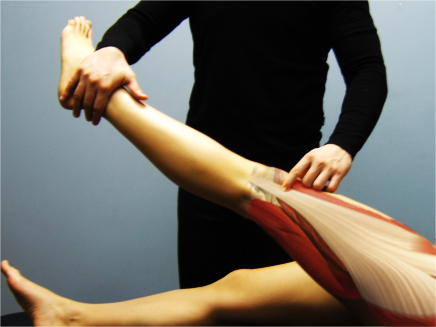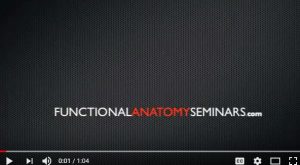Functional Anatomical Palpation and Active Release Techniques explained!
by Andrew Bouchier
I am Andrew Bouchier and I have found it amazing to take different courses to aid me with patient care! That’s how I came to be an Active Release Techniques provider. It’s also why I took the Functional Anatomy Palpation courses.
Functional Anatomy Palpation:

Dr. Andreo Spina, a Canadian chiropractor developed the Functional Anatomy Palpation series in response to a need that he perceived in the training of manual practitioners:
Here is s short video on the Functional Anatomy Palpation seminar series:
Chiropractors, physiotherapists and massage therapists were typically trained to identify traumatic injuries, i.e. less common muscle-skeletal problems. For these injuries the most appropriate intervention would be surgery. On the other hand, for micro trauma and repetitive stress injuries to soft tissues like muscles and tendons there was no comprehensive system that could be used to determine what was happening.
Before the integrity of any soft tissue can even be assessed however, it must first be correctly identified. The human body has several hundred muscles and a successful treatment will depend on accurately locating and identifying the problem muscle. It must be differentiated from all of the muscles that lie around it. This is where Functional Anatomy Palpation particularly shines. As Dr. Spina puts it:
“Specificity of diagnosis=Specificity of treatment = Specificity of results”
You might well ask “How is an Active Release Techniques treatment different if the practitioner also uses Functional Anatomy Palpation?” In fact, the experience of it would be no different yet the treatment could be substantially more effective, because the problem would be more quickly identified. As a Registered Massage Therapist, I found that Functional Anatomy Palpation training filled in gaps in my skill set. I began to treat some particular problems with much greater success, for instance, the groin tension that athletes commonly experience, as well as: foot, knee, hips, lower back, neck, shoulder and even Jaw issues!
As well click on my picture to read my biography:
Clinically, I have found that applying Active Release Techniques using Functional Anatomy Palpation principles has proven to be a winning combination. I believe that my patients agree.
Here is an excellent video explaining the Active Release Technique:





